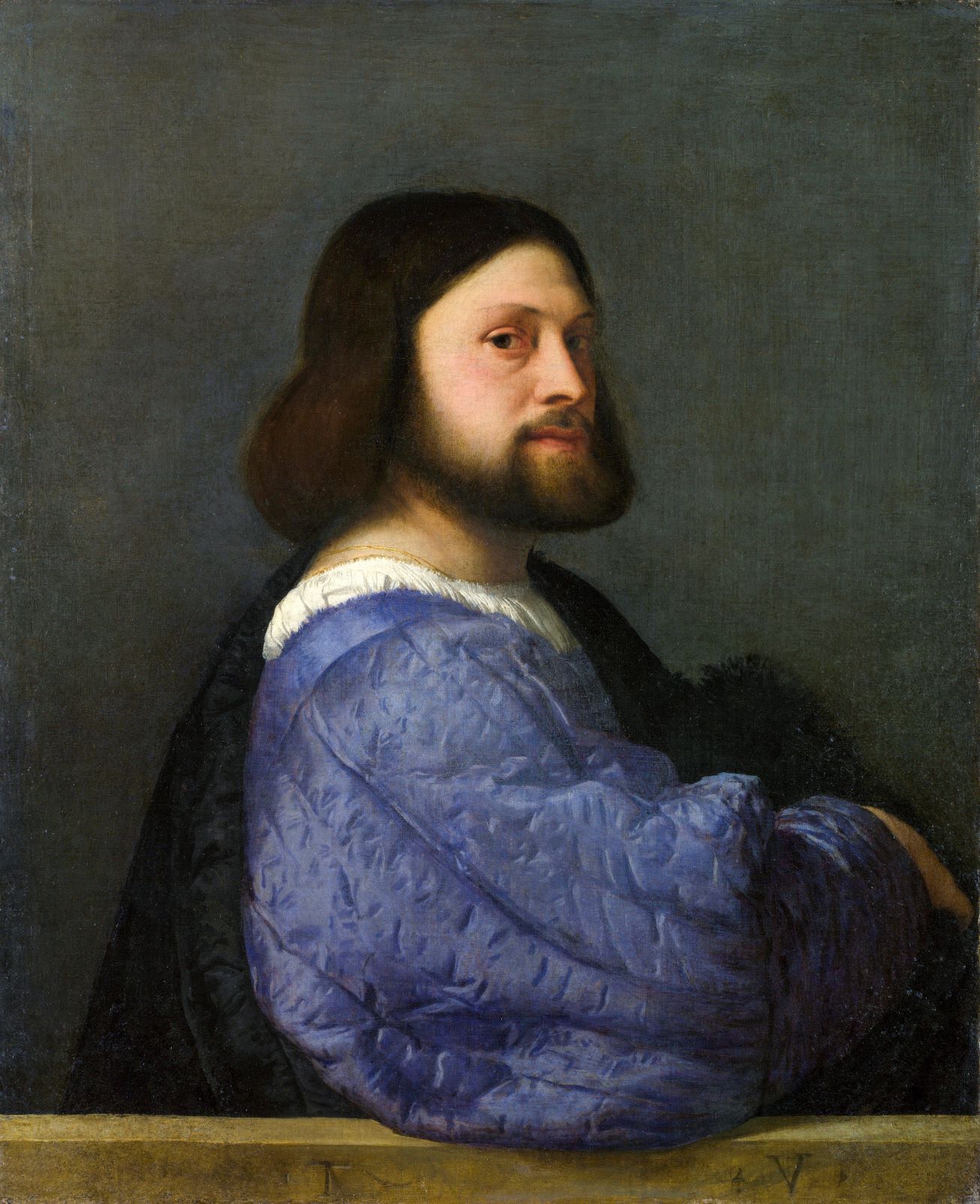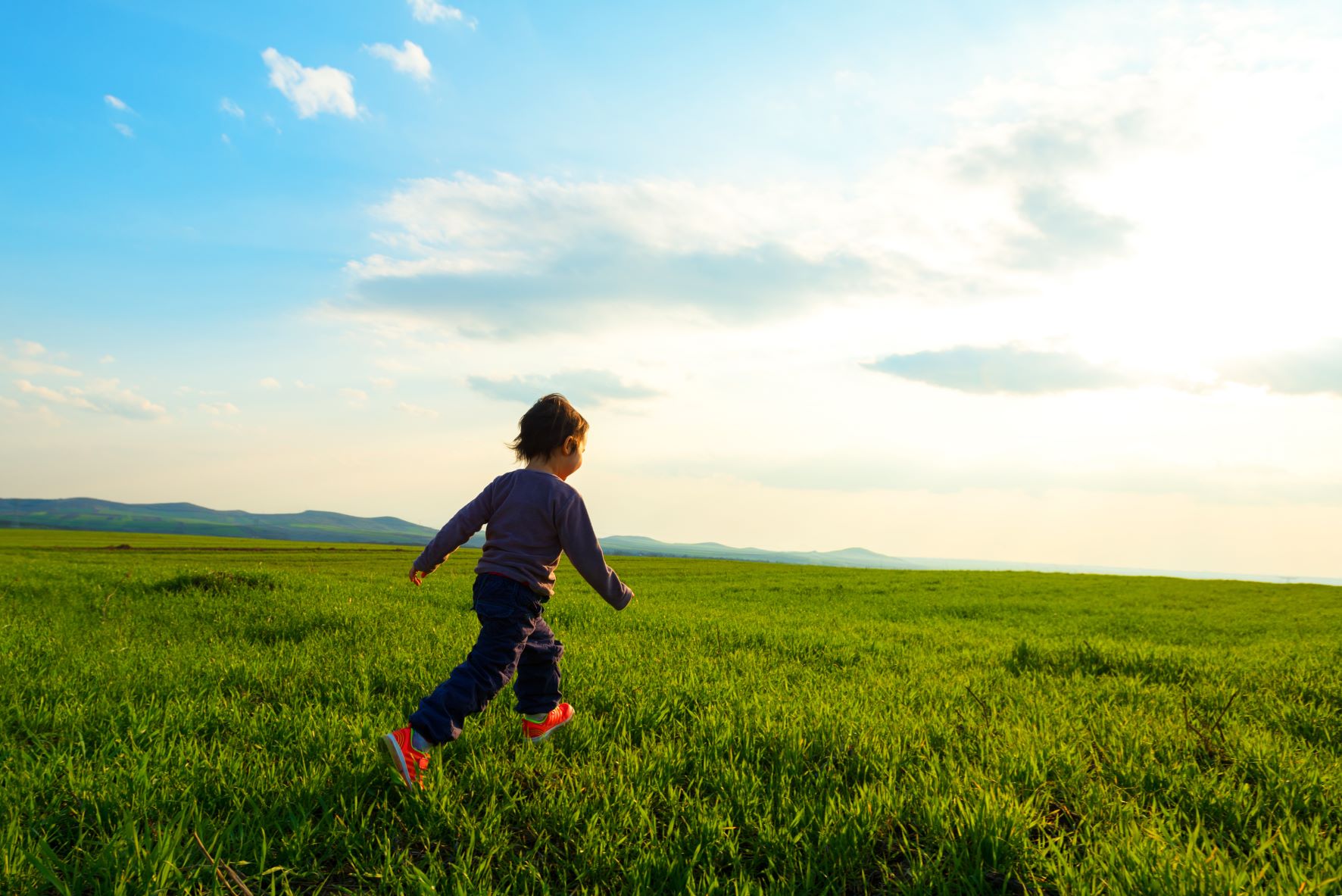By Mike Gould
When Sir John Everett Millais painted ‘Ophelia’ in 1851, he was just one of many Victorian painters taking inspiration from Shakespeare. But what is perhaps most interesting about the painting is the way in which it has come to embody the popular view of Ophelia herself and her death in Hamlet. In its way, the painting has created its own afterlife, not least in challenging the Victorians' view of women – the painting showing Ophelia without a corset, her body invaded by unrestricted nature. In her Guardian article from 2018, 'Sensuality, lust and passion: how the Pre-Raphaelites changed the way the world sees women', Clarissa Sebag-Montefiore sets out how this image scandalised society.
But what has this got to do with your students and their GCSE creative writing? Well, at the most basic level, it demonstrates that the right work of art or photo can be a wonderful stimulus for discussion, for exploration of meaning (‘reading’ the painting) and finally for new expression in the form of a creative writing response.
You could do worse than start with Millais’s painting, but here are three further ways to use painting as a way into creative writing.
 1. Try out topography
1. Try out topography
‘Topography’ means the way in which natural and artificial features are arranged. Ensuring a reader can experience the ‘landscape’ – the field of vision which surrounds a character – is a key narrative technique. Vagueness is to be avoided. To help students use topography effectively, display a painting (or a photo) of someone in a room or landscape, for example climbing a mountain. There are plenty of online images from the late 19th and early 20th century of Alpinists in dramatic, romantic poses. Ask students to imagine themselves in the skin of that person. What is to the left of them? Below and above them? What are they reaching for? Model precise and vivid details for them, using prepositions or prepositional phrases to locate the narrator in the topography. Focus in on animals or other natural elements. For example:
To his left, Brook balanced his foot on a cleft of powdery rock which jutted out. As he looked up, the chalky cliff edge seemed to loom over him. He pressed his cheek against the rock face. A few inches away, a tiny black beetle scuttled into a crack.
 2. Colour in
2. Colour in
A great way that students can improve descriptive writing is by developing vocabulary around colour. If writing is at least partly about making things vivid, then going beyond ‘blue sky’ or ‘white clouds’ is helpful. Sometimes, this can be through shades or variations of a colour: ‘pale blue’, ‘milky white’, ‘emerald waves’, etc. Sometimes, choosing textures which convey colour and other qualities is effective: ‘firm, oak table’, ‘papery skin’, etc. A well-chosen painting can stimulate students to explore colour and texture. Rembrandt’s self-portraits are fantastic for exploring texture and light through his use of shadow, skin tones, etc. Equally, Titian’s ‘Portrait of a Man’ is wonderful in its depiction of the folds of his sleeve. You could ask students to imagine meeting the subject of the picture. For example:
I saw him in side profile by a dark table, resting his arm on it. The puffed-out folds of his watery blue, velvet sleeves tumbled forward, as he fixed me with a knowing look.
 3. Beyond the frame
3. Beyond the frame
Some GCSE responses depend on students ‘reading’ a photo or painting to inspire a story or a description. Here, it often helps to look beyond the image to the story outside the frame. For example, a photo of an empty station raises several questions: who might arrive? Why are they coming? Where have they come from? Or, alternatively, why is there no one at the station? Students can practise generating ideas in two ways. Firstly, by describing what they can see – because the elements in the image may be enough to generate the vivid description. In this context, encourage them to go beyond simple nouns (e.g., table, sky, etc.) and immediately add adjectives or verbs (oak table, pale blue sky or child running across the grass) in the way suggested earlier in this blog. Secondly, they could use questions as above (‘who, what, where, when, why?’). Using a suitably evocative painting – such as William Frederick Yeames’s ‘When did you last see your father?’, or one of Dorothea Lange’s photos from the Depression-era in the US can work very well – if handled appropriately.
Beyond the requirements of exam assessment, learning to look at the world around them with a painterly eye can also have the unintended effect of making students more mindful, taking note of the little things – the wild in their own backyard or the stories in the lives of the people they pass on the street each day. This, after all, is where many of the great artists started: with observation of form, colour, movement and the relationship between people, objects and nature. Not a bad place to begin when seeking to improve descriptive and narrative writing.
Further tips
Paintings can be used in other ways, too. For example:
GCSE English Literature Poetry: ask students to find appropriate images to illustrate poems. They might find some already exist (such as for ‘The Charge of the Light Brigade’).
GCSE English Literature Shakespeare: Millais’s ‘Ophelia’ is well-known, but what are the different ways painters over time have represented other characters, such as Lady Macbeth? How do these representations fit with students’ views of the character?
GCSE English Language Non-fiction: socially-aware illustration (for example Victorian drawings or etchings by artists like Gustav Dore) can stimulate discussion which also links to Victorian literature.
Mike Gould is a former Head of English and Drama and author of over 150 books and other educational resources. He has worked as a lecturer in English and education at Brighton University.
Photo credit for Titian's 'A Man with a Quilted Sleeve': incamerastock / Alamy Stock Photo